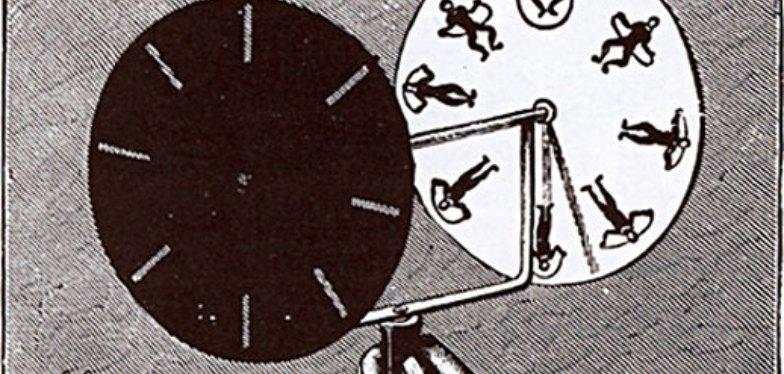Did you know that a Belgian is at the origin of series?

In order for you to watch your favourite series, a Belgian, Joseph Plateau, had to invent the phenakistiscope in 1833.
At the time, our compatriot, who was born in Brussels in 1801, was a brilliant physics professor who first discovered the phenomenon of persistence of vision, or the eye´s ability to superpose an image it has seen onto an image it is currently seeing. Based on this phenomenon, he went on to create the phenakistiscope.
Want to know more? The phenakistiscope is the basis of an optical game comprising a disk featuring different drawings. This disk can spin freely around its centre at the right speed for the observer to see the images through a slit. An animated image, turning in a loop, then appears behind the slit. To obtain the persistence of vision effect on a single image rather than on the entire disk, the phenakistiscope was used with a second disk with 12 slits placed between the eye and the disk with the drawings. Joseph Plateau calculated that 12 images per second, each interrupted by "a black section", reproduced the illusion of movement. The moving image was observed when standing in front of a mirror.
This discovery is the precursor of the cinematography invented by the Lumière brothers and thus of films and your series... QED.